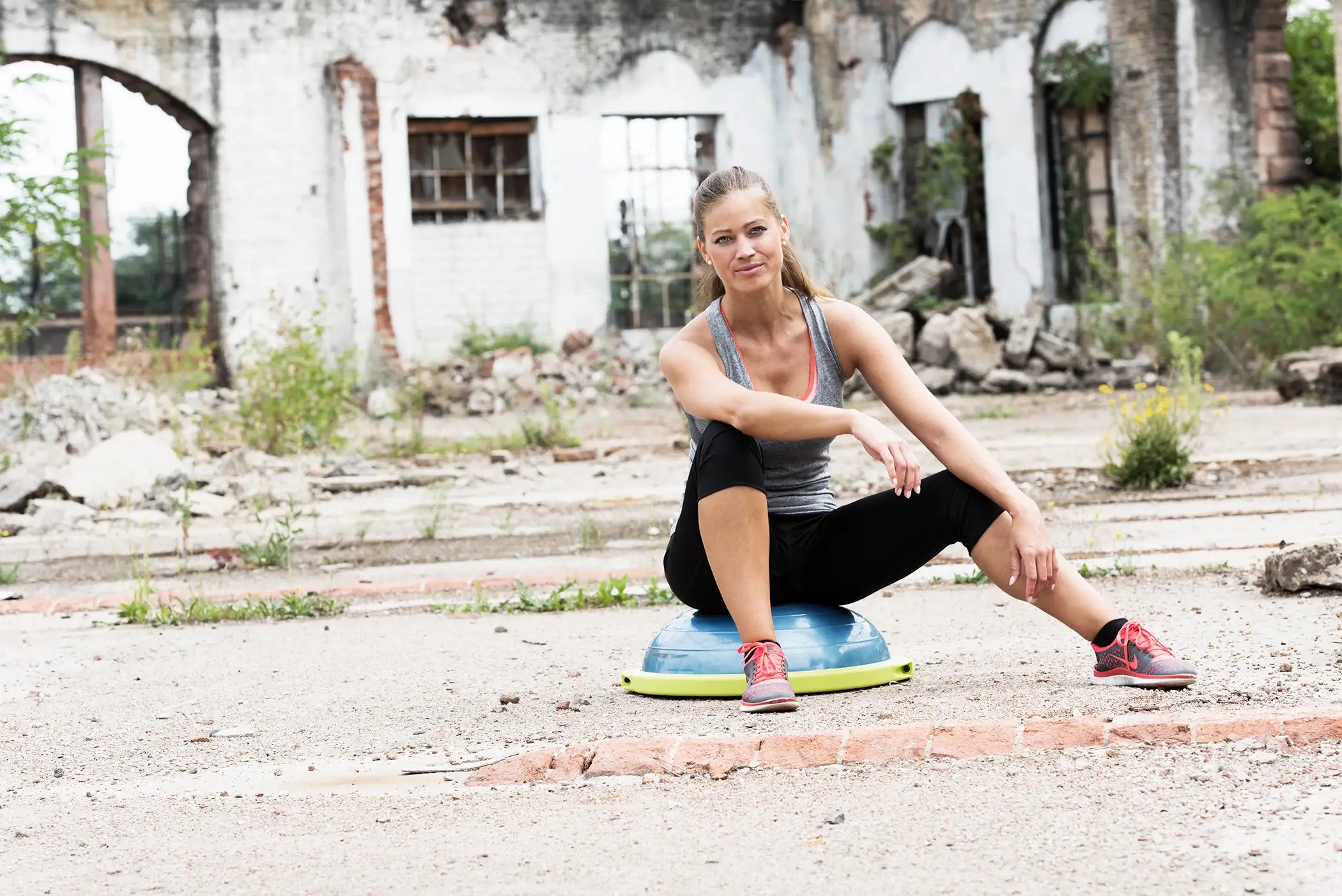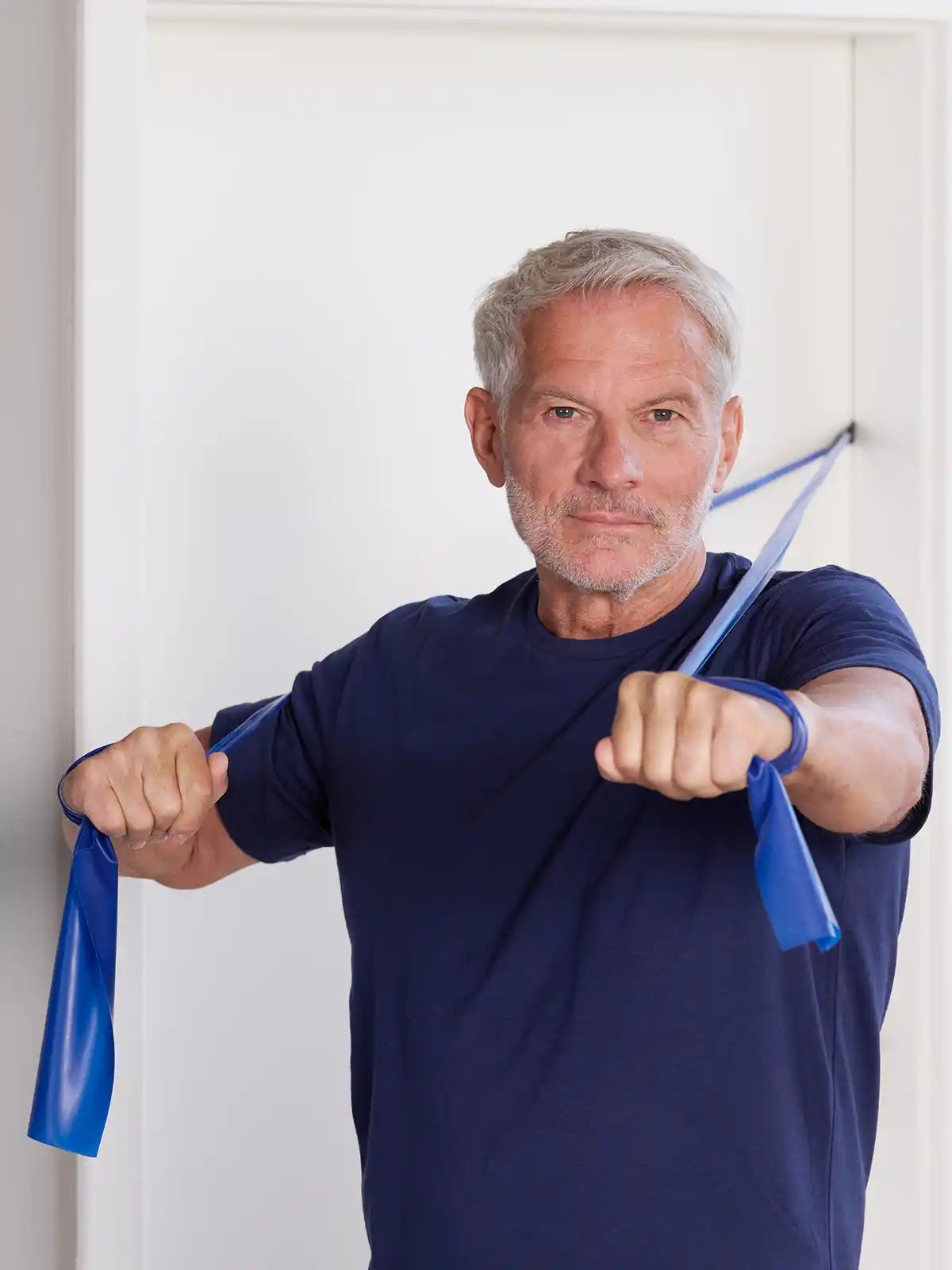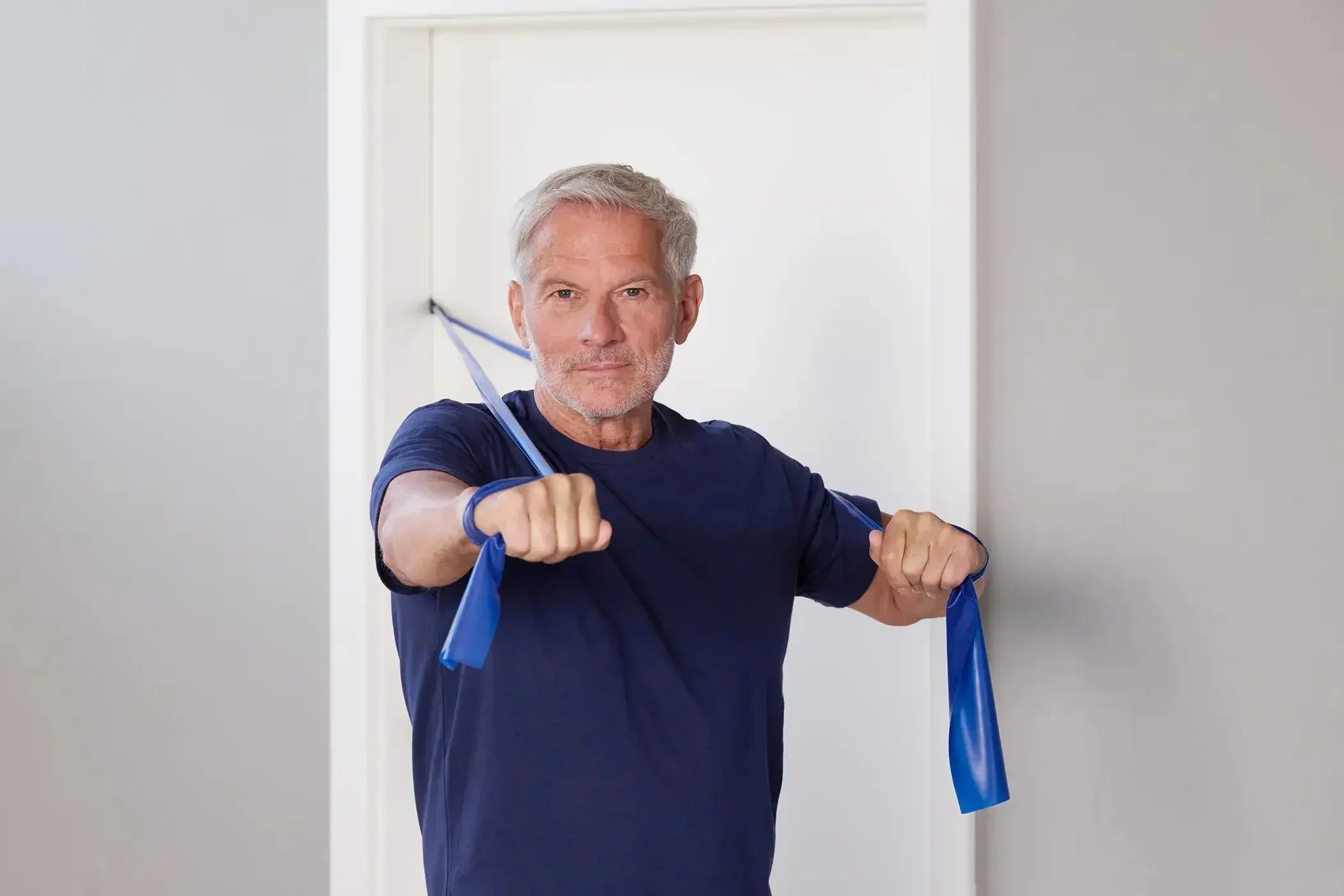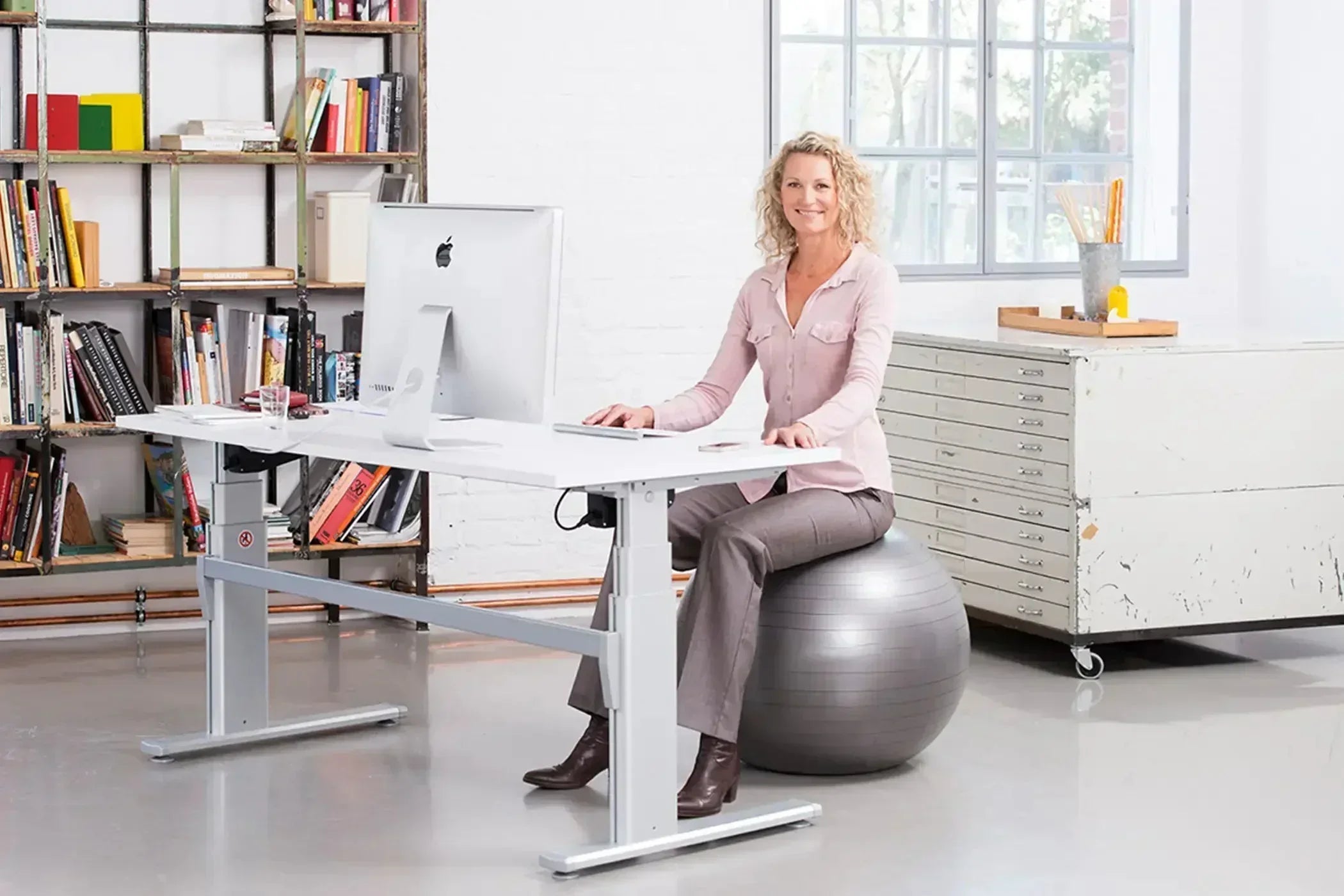
BOSU Ball - Which one is right for me?
Reading time: 5 minutes
Whether for strength, cardio, yoga or Pilates training - the BOSU ball has been a hit in the USA for several years. The "half ball" has also made a name for itself in competitive sports here. Over the years, BOSU's product range has grown steadily. Reason enough to take a closer look at the similarities and differences between these training devices.
What is BOSU?
Both Sides Utilized: This is the abbreviation for the brand name BOSU, which today is synonymous with the half blue ball, the BOSU Balance Trainer. Whether stability training, balance training, balance exercises, core or stability workouts - this balance board is one of the most versatile training devices in the field of functional training.
>> Reading tip: Balance Training - 10 good reasons to train your balance
A workout with the BOSU ball is not without its challenges: the unstable surface forces you to keep your balance during every exercise - whether standing or supporting. This quickly pushes untrained muscles to their limits. Constant stabilization and balancing puts additional demands on the muscles in addition to the usual training stimuli. But it's worth it: a well-trained, balanced body is also more stable and therefore more resilient and balanced in everyday life.
>> Reading tip: BOSU Workout - 8 exercises for your stomach
Originally from the medical field, the BOSU fitness device has now become an almost indispensable tool in the gym. Whether in group training or as a training tool for individual athletic training - the air-filled ball is still extremely popular today.
>> Reading tip: Frequently asked questions BOSU Balance Trainer
BOSU comparison: All models at a glance
The professional: Pro Balance Trainer
The BOSU Trainer PRO was designed - as the name suggests - for professional balance training. Instead of simple feet, the entire underside of the half balls is covered with a non-slip material. Maximum stability is thus guaranteed even under the toughest training conditions. With its reinforced plastic shell, purchasing the professional version makes sense especially for fitness studios where the device is used by several people every day and is therefore subjected to stress.

Since the end of 2018, we have been offering the BOSU Pro in the black edition exclusively. Perfect for studios and training rooms with style and elegance. This black BOSU also has a matte, slightly roughened surface. Otherwise, everything has stayed the same: It is just as robust as the original Balance Trainer Pro and the diameter is also 65 cm .
>> View BOSU Pro Black in the shop
The next generation: NexGen Pro
The NexGen is the latest development of the half ball. The design has been completely redesigned and a special surface structure has been added to the training bladder. The NexGen enables precise positioning and movements of hands and feet for cardio, flexibility, strength, core, balance and mobility exercises. Every single square centimeter has an influence on training success and efficiency. 20 years of training experience by the inventor of the original BOSU Balance Trainer, David Weck, have created this absolute balance trainer.

The proven advantages of the BOSU have of course been retained. The handles on the underside allow for comfortable handling. The diameter is also 65 cm .
>> View BOSU NexGen Pro in the shop
The Home Player: Model Home
The BOSU Home Edition is - as the name suggests - the ideal partner for balance training at home . With a diameter of 65 cm, it is nevertheless significantly lighter than the professional versions Pro and ELITE. Six non-slip feet on the underside prevent the device from slipping during balance training at home - perfectly sufficient for private users.

For those who like a more unusual color for balance training, the home version is also available in bright pink. Eye-catcher guaranteed!
Sporty and compact: Sport model
The BOSU Sport is the smallest version of the balance trainer with a diameter of 50 cm . However, this does not detract from the fun of training. The same exercises can be performed with it as with its "big brothers".

Its underside is also equipped with six non-slip feet . A clear advantage of the Sport is its space-saving size and its weight: the BOSU Sport weighs just 4.8 kg .
>> View BOSU Sport in the shop
Small Bosus, big impact: The Pods
Like their big brothers, these small Bosu balls provide more instability, e.g. during exercises such as squats, push-ups or planks. The ring-like surface offers support and comfort for hands and feet, while the nubbed bottom prevents slipping.

Also great: You can combine the small pods with the large balance trainers to get the most out of your workout. For example, have you ever tried doing push-ups on a turned-over BOSU while each of your feet is on a small pod?
Of course, you can also use the balance pods from both sides. The small balance pads are available in sets of 2 or 4 .
Conclusion
From amateur athletes to professional athletes, BOSU now offers the right model for all needs.
The Bosuball Pro is interesting for frequent users and studios due to its enormous stability.
The Elite is perfect for professionals who want to know exactly what they are doing. The coordinate system makes it easier to be precise and allows you to record your training progress precisely.
The name of the home version says it all: the model is usually completely sufficient for regular home use.
The sports version is ideal for a full BOSU workout in between and on the go.
The small pods are the perfect addition for stability, leg and abdominal exercises and can be perfectly combined with the large models.
Which model do you choose?






Leave a comment
This site is protected by hCaptcha and the hCaptcha Privacy Policy and Terms of Service apply.